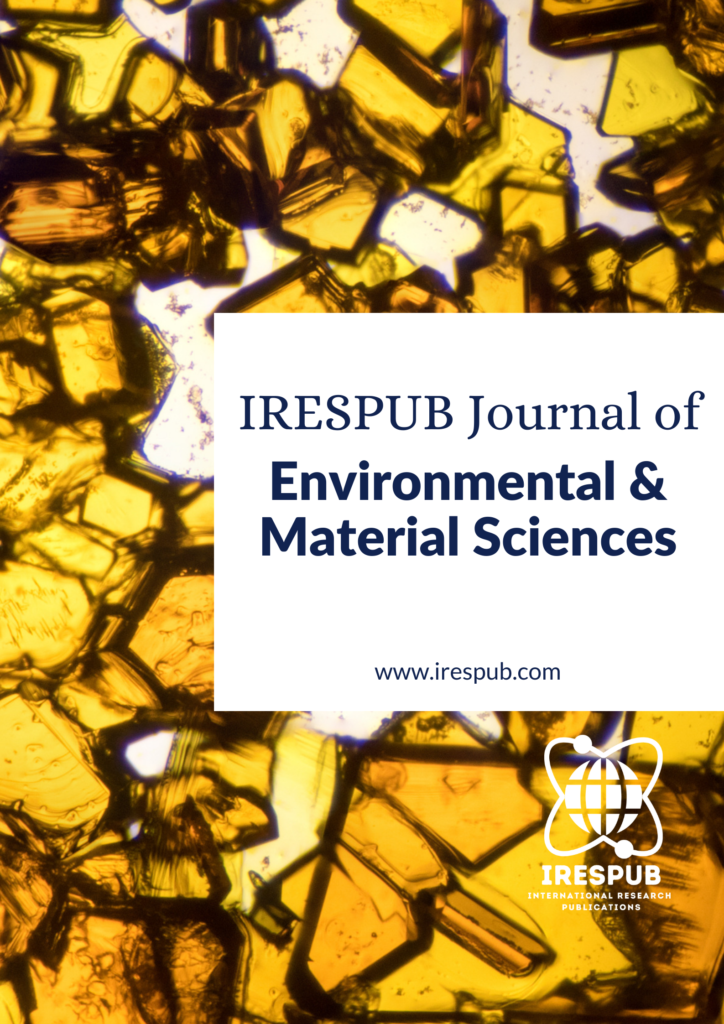
Year Launched: 2021
Journal Menu
- Scope & Research Areas
- Instructions for Authors
- Article Processing Charge
Journal List
- Natural & Applied Sciences
- Life Sciences
- Business Management
- Education & Literature
- Humanities & Cultural Studies
- Medical & Dental Sciences
- Engineering & Computer Sciences
- Agriculture, Food & Nutrition
- Environmental & Material Sciences
- Wellness & Lifestyle Management
- Arts & Ideas
- Law, Policy & Religion
Assessing the Socio-Economic Impacts of Gully Erosion on Farming Activities in Northern Adamawa State, Nigeria
Volume 3, Issue 3, May-Jun 2024 | Page 17-26 | PDF (2 MB) | Pub. Date: June 2, 2024
Author(s)
Ezekiel Alhassaan1, Ibrahim Saidu2 , Alfred D. Mshelia2 and Yohanna Peter2; 1Mubi North Local Government Secretariat, Adamawa State; 2Department of Geography Adamawa State University, Mubi
Abstract
Gully erosion is a significant environmental challenge in Northern Adamawa State, Nigeria, with profound socio-economic impacts on farming activities. This study assesses the extent and effects of gully erosion on the local farming communities. Using a combination of field observations, transect walks, and questionnaire surveys, data were collected from 400 farmers, with a 72.5% response rate. The study reveals that 94.2% of the respondents are aware of gully erosion in their areas, and 76.7% recognize its threat to their farmlands and residences. The results indicate that 33.3% of farmers have lost farmland, 20% have experienced soil quality degradation, and 12.5% have faced increased crop transportation costs due to gully erosion. The findings underscore the urgent need for intervention to mitigate the adverse effects of gully erosion on agricultural productivity and community livelihoods.
Keywords
gully erosion; socio-economic impacts; farming activities; soil degradation
Cite this paper
Alhassaan, E., Saidu, I., Mshelia, A. D., Peter, Y. (2024), Assessing the Socio-Economic Impacts of Gully Erosion on Farming Activities in Northern Adamawa State, Nigeria, IRESPUB Journal of Environmental & Material Sciences. Volume 3, Issue 3, May – Jun 2024, Page 17-26
References
[1] Adebayo, A. A. &Daya, S. (2004). Assessment of Human Impact onLand use and Vegetation Cover Change in Mubi Region, Adamawa State, Nigeria; Remote Sensing and GIS approach. Global journal of environmental sciences 2, 1-12.
[2] Agagu, K.O. (2009). Threats to the Nigerian Environment: A Call for Positive Action. Paper presented at the 7th Chief S.L Edu memorial Lecture, Organized by the Nigerian Conservation Foundation.
[3] Brooks, A., Spencer J., Olley, J., Pietsch, T., Borombovits, D., Curwen, G., Shellberg, J., Howley, C., Gleeson, A., Simon, A., Bankhead, N., Klimetz, D., Eslami-Endargoli, L. and Bourgeault A. (2013). An empirically based sediment budget for the Norman by basin. Griffith University.
[4] Burkard, M. R., & Kostaschuk, R. A. (1997). Gully development and slope processes in the foreland of the Rocky Mountains. Catena, 30(2), 105-126.
[5] Danladi, A. and Ray, H.H. (2014). Socio economics effect of gully erosion on land use in Gombe metropolis, Gombe state, Nigeria journal of Geography and regional Planning Vol. 7 (5) pp.97-105.
[6]Frevert,R.K.Sschwab,G.O,Edminister,T.W & Barnes,K.K. (1955), Soil and Water Conservation Engineering, vol. 80. New York.
[7] Ikusemoran, M. (2009). Assessment of human impacts on land use and vegetation cover changes in Mubi region, Adamawa State, Nigeria: Remote sensing and GIS approach. Global Journal of Environmental Sciences, 8(2), 1-12.
[8] Ionita, I., Poesen, J., Vanwalleghem, T., Deckers, J., & Poesen, M. (2015). The importance of riparian vegetation for reducing erosion in channelized Land Degradation & Development, 26(1), 71-82.
[9] Kirby, M. J., & Bracken, L. J. (2009. Effective discharge and the dominant processes of river channel incision. Earth Surface Processes and Landforms, 34(13), 1711-1722.
[10] Mbaya, L.A. (2011). Factors and Rate of Gully Erosion in Gombe Town, Gombe State, Nigeria. Journal of Environmental Issues and Agriculture in Developing Countries, Vol. 3, No. 3; Dec. 2011
[11] Nwaka, G. 1. C., Alhassan, A. B. & Kunduri, A. M. (1999). A Study of Soils Derived fromBasalt in North Eastern, Nigeria 11. Physio-Chemical Characteristics and Fertility Status.
[12] Poesen, J., Vanwalleghem, T., & Verstraeten, G. (2018). Soil piping and land degradation processes on agricultural land. Land Degradation & Development, 29(2), 500-513.
[13] Rahmati, M., Mohammadi, M. H., & Azari, A. (2016). Gully erosion modeling using RUSLE and GIS techniques in the Chaharmahal Basin, Iran. Environmental Monitoring and Assessment, 188(8), 481.
[14] Rodrigo Comino, J., Ramis Calatayud, J., Sanchez-Murillo, R., Gómez-‐‐Soberón, M., & Ferrer, A. (2015). Gully development and headcut retreat processes in a marl‐dominated catchment (Eastern Spain). Geomorphology, 246, 444‐454.
[15] Thorburn, , & Wilkinson, S. N. (2013). Gully erosion of cohesive riverbanks. Earth Surface Processes and Landforms, 38(11), 1305-1313.
[16] Valentin, C., Poesen, J., Li, Y., Gatter, D., Sanchez-Montoya, M. A., & Peugeot, C. (2005). Gully erosion: Impacts, mitigation strategies and future research trends in Mediterranean Earth-Science Reviews, 67(3-4), 143-161.
[17] Zheng, F. (2006). Gully erosion on the Loess Plateau, China. Land Degradation & Development, 17(3), 249-258.

